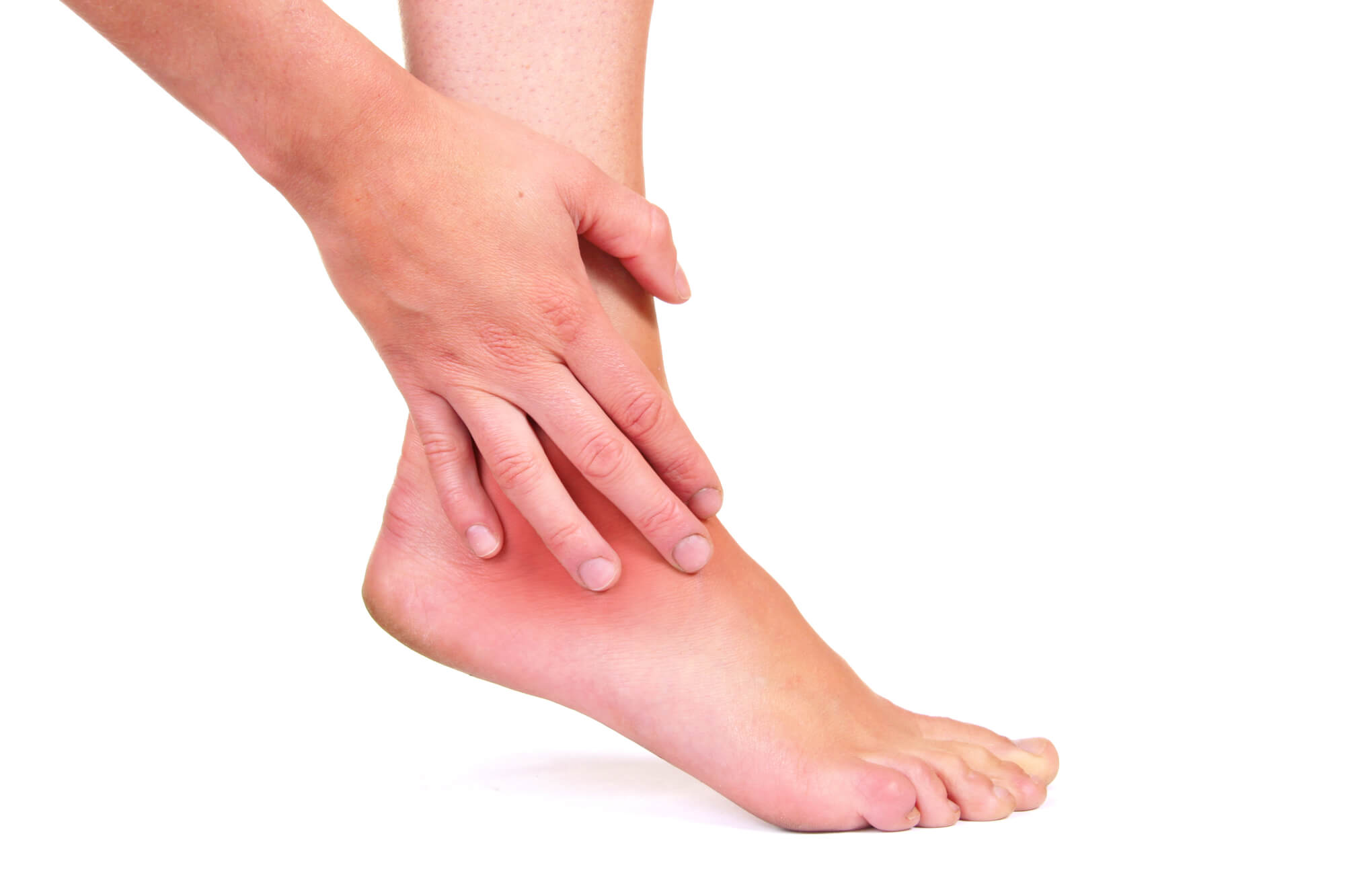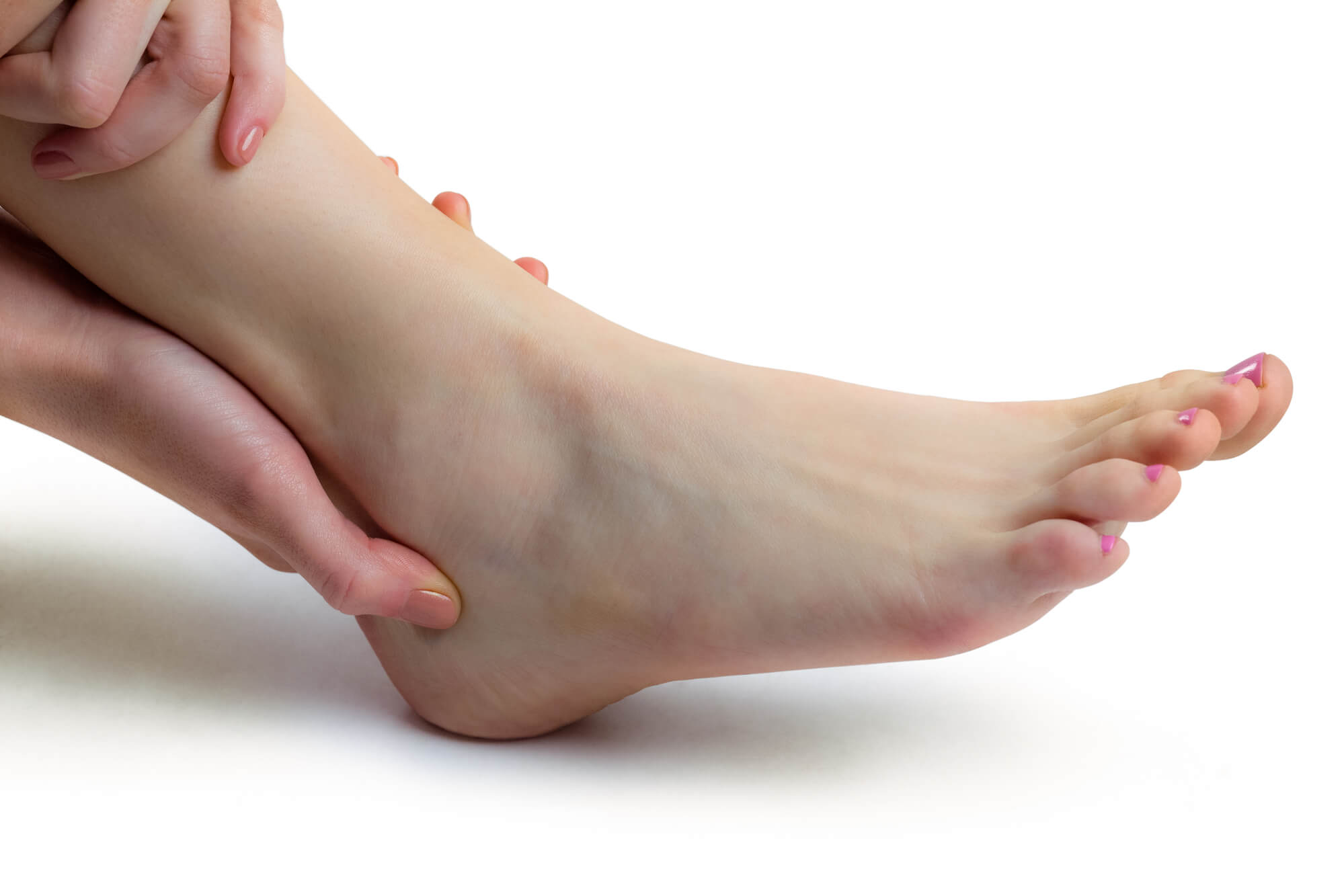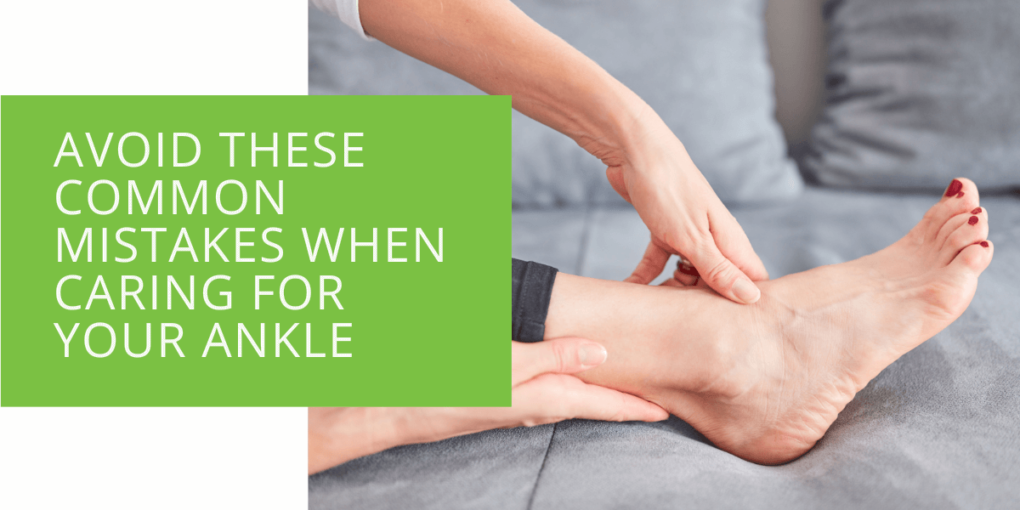Avoid These Common Mistakes When Caring For Your Ankle
The foot and ankle are complex structures that support your body weight and help you move around. Unfortunately, they are also prone to injury and painful conditions affecting mobility and quality of life. That's why taking good care of your feet and ankles is important, as avoiding common mistakes can cause or worsen problems.
In this article, we'll discuss people's most common mistakes when caring for their ankles and how to avoid them. We'll also provide tips for proper ankle care, including exercises, stretches, and footwear choices.
Mistake #1: Ignoring Pain or Swelling
Pain and swelling in the ankle can be a sign of injury or inflammation, and ignoring these symptoms can worsen the problem. If you have persistent pain or swelling in your ankle, it's important to seek medical attention from a podiatrist specializing in foot and ankle care.
Some common reasons people ignore ankle pain or swelling include thinking it will go away on its own, fear of the cost of medical care, or thinking it's not serious enough to see a doctor. However, getting the right diagnosis and treatment is essential to prevent long-term damage to your ankle joint.
Mistake #2: Continuing to Use a Sprained Ankle
A sprained ankle is a common foot and ankle injury that can occur when the ligaments that connect the ankle bones are stretched or torn. While mild sprains can heal independently with rest and proper care, more severe sprains may require medical attention to prevent complications.
One mistake people often make when they have a sprained ankle is to continue using it for daily activities or exercise. This can delay healing and lead to long-term ankle problems such as chronic instability or arthritis.
To properly care for a sprained ankle, it's important to follow the R.I.C.E. (Rest, Ice, Compression, Elevation) protocol, wear a brace or compression sleeve, and avoid putting weight on the ankle until it's fully healed.

Mistake #3: Wearing the Wrong Shoes
Wearing the wrong shoes can cause or exacerbate foot and ankle problems such as plantar fasciitis, flat feet, and heel pain. Too tight, loose, unsupportive, or worn-out shoes can lead to joint misalignment, muscle strain, and increased risk of injury.
To avoid these problems, choosing shoes that fit well, have proper arch support and cushioning, and are appropriate for your activity level is important. For example, if you're a runner, you'll need shoes that provide shock absorption and stability.
Orthotics are another option for people with foot and ankle problems that require extra support or correction. A podiatrist can evaluate your feet and recommend orthotics that fit your needs.
Mistake #4: Neglecting to Stretch Before Exercise
Stretching is an important part of any exercise routine, especially for the ankles, which are involved in many movements such as walking, running, and jumping. Neglecting to stretch before exercise can lead to ankle injuries such as strains and sprains.
You can do exercises such as ankle circles, pumps, and heel raises to stretch your ankles properly. These exercises help improve ankle mobility, flexibility, and strength, reducing the risk of injury and improving overall foot and ankle health.
Mistake #5: Not Following Your Podiatrist's Advice
One of the most common mistakes people make when caring for their ankles is not following their podiatrist's advice. Whether it's failing to complete a course of treatment, not wearing recommended footwear, or not doing prescribed exercises, not following medical advice can impede healing and lead to further complications.
Your podiatrist has the expertise and knowledge to effectively diagnose and treat foot and ankle problems. It's important to communicate openly and honestly with your podiatrist so that they can provide the best care possible.
If you're unsure about your diagnosis or treatment plan, don't hesitate to ask questions and seek clarification. Your podiatrist wants a successful outcome and will work with you to achieve the best results.

Tips for Proper Ankle Care
In addition to avoiding common mistakes, there are several things you can do to care for your ankles and promote their health:
- Keep your ankles strong and flexible with regular exercises and stretches. Ankle circles, heel raises, and toe raises are simple exercises at home or the gym.
- Wear shoes that fit well and properly support your feet and ankles. Avoid high heels, flip flops, and other shoes that can cause joint misalignment and increase the risk of injury.
- Use ice and elevation to reduce swelling and pain after an injury or strenuous activity. Apply ice to the affected area for 15-20 minutes several times daily. Elevate your foot above heart level to reduce swelling.
- Maintain a healthy weight to reduce stress on your feet and ankles. Extra weight can contribute to joint pain, plantar fasciitis, and other foot and ankle problems.
- Avoid overuse injuries by gradually increasing the intensity and duration of your exercise routine. If you feel pain or discomfort, stop and rest.
Conclusion
Proper ankle care is essential for maintaining good foot and ankle health and preventing common foot and ankle problems. By avoiding common mistakes such as ignoring pain or swelling, wearing the wrong shoes, or neglecting to stretch, you can reduce your risk of injury and promote healing.
If you have foot and ankle concerns, seeking medical attention from a podiatrist specializing in foot and ankle care is important. Your podiatrist can diagnose and treat various foot and ankle conditions, from sprains and strains to arthritis and flat feet.
Remember, taking care of your ankles now can help prevent painful and debilitating conditions in the future. Take the necessary steps to care for your ankles and enjoy a pain-free, active lifestyle.

